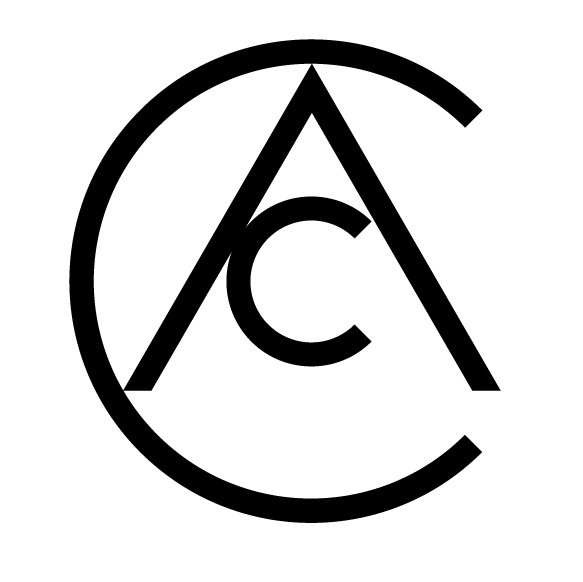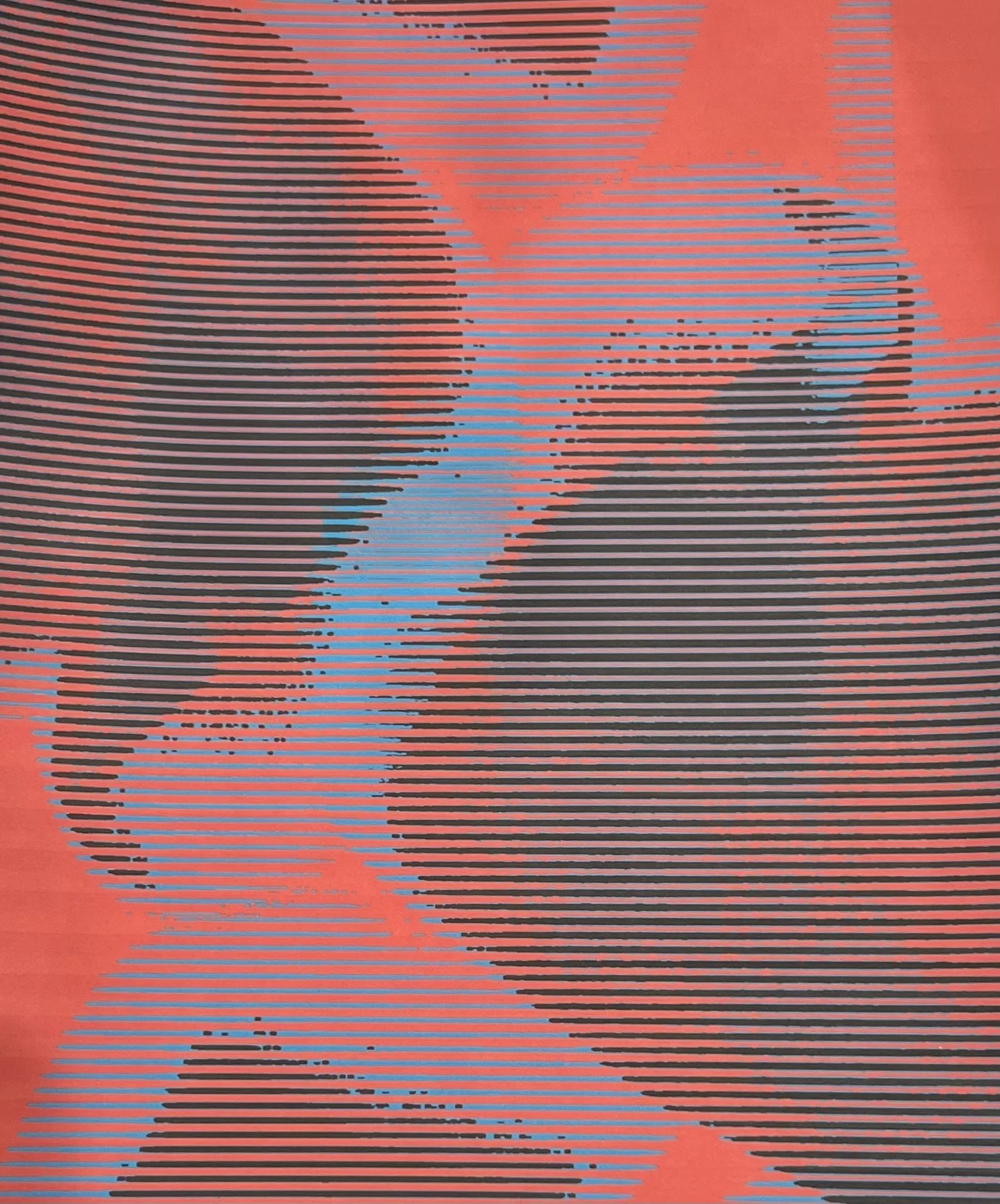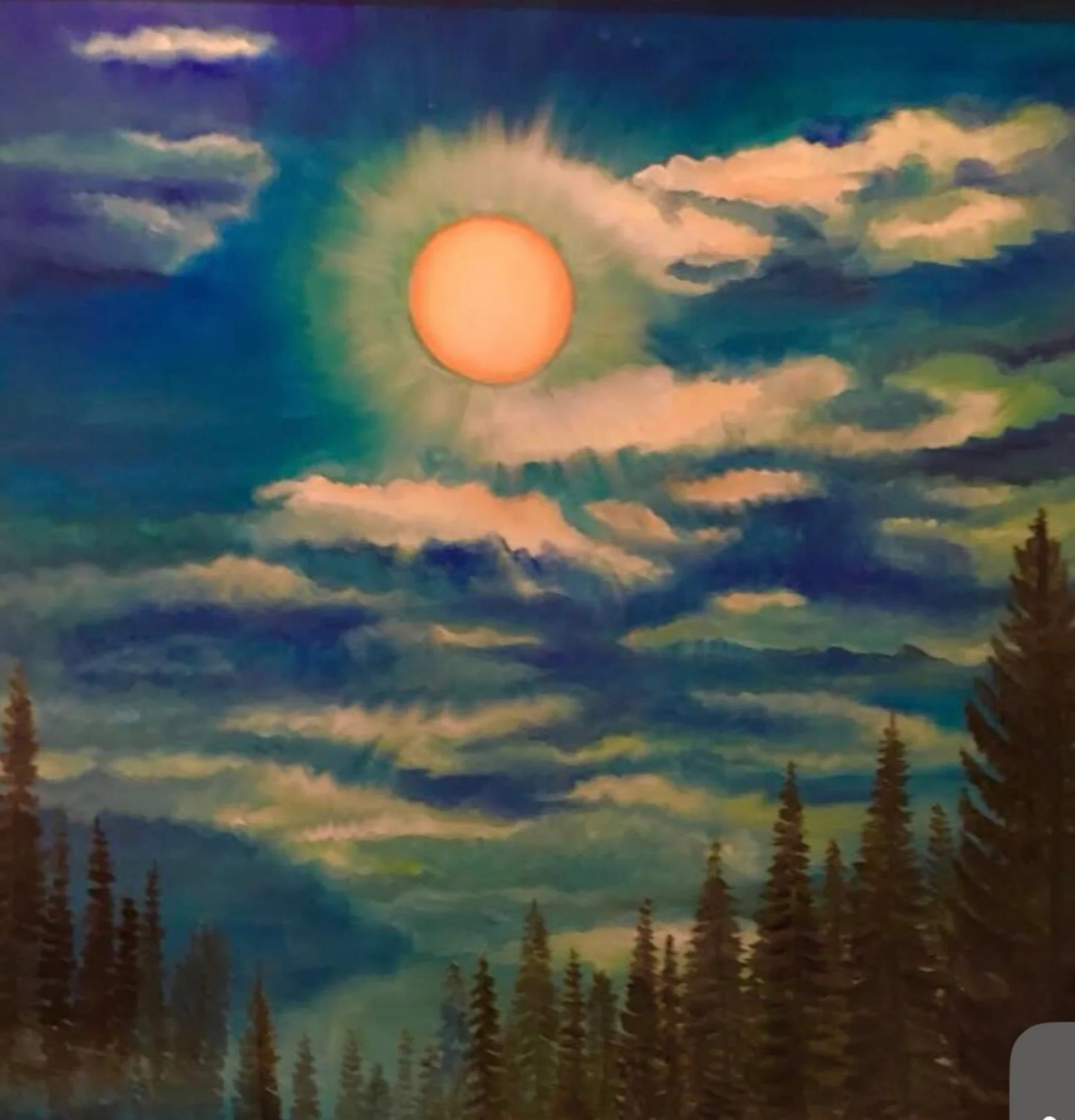Robert Ram's artworks invite spectators into a realm where the boundaries of surrealism and magical realism intertwine, resulting in a mesmerizing tapestry of the extraordinary. Every artwork presented here acts as a gateway, inviting the viewer to step into a meticulously constructed realm that surpasses the ordinary. It demands the suspension of disbelief, urging one to fully embrace a world where the implausible and the unimaginable seamlessly intertwine in perfect unity.
All in Interview
Interview with Asli Dogru
We are delighted to present an exclusive interview with the talented and versatile artist, Asli Dogru. Hailing from Istanbul, Asli's artistic journey has been nothing short of inspiring. Her passion for creativity and artistic expression has led her to explore various mediums, including painting, printmaking, photography, ceramics, graphic design, and web design.
Interview with Ursa Schoepper
What sparked your interest in science and how has that background influenced your approach to photography and art?
There are various aspects that artistically motivated me to choose photography. I grew up as a curious little girl in a beautiful landscape, near the Eggegebirge. My parents made me aware of the beauty of nature and my mother shared her passion for art with me. That's why I first studied biology. I was amazed at how beautiful the internal anatomy of a leaf, for example, looked. The cellular structure was real and at the same time reminiscent of abstract paintings. As a student, I had to draw these structures that I saw in the microscope. It became more helpful if they could be photographed.
Interview with Luciana Abait
Luciana Abait was born in Buenos Aires, Argentina and is currently based in Los Angeles. Her multimedia works deal with climate change and environmental fragility, and their impacts on immigration in particular.
Interview with Lusie Schellenberg
Who are some of the artists, past or present, who have influenced your work the most, and how do you hope your work will influence future artists?
Leonardo da Vinci is certainly one of the greatest artists of all time. His masterpieces, such as The Mona Lisa and The Last Supper, impress with their technical mastering idealism and anticipate many modern artistic trends. In my work, I will try to create unique works that will evoke emotions and imagination in people. I hope that my work will inspire future artists to experiment and create their own original art. Influencing other artists is a privilege, most of it, but it's a matter of time and does not depend on the wishes of the artist.)))
Interview with Marta Prominska
How did you develop the philosophy behind your hypnagogic art, and why do you find this concept so compelling?
Hypnagogic art is that which comes from the world in the corner of the eye, on the border between dream and reality, somewhere in between, in the truest and closest reality to ourselves. It is the delusion or truth, the line between consciousness and reality, the area where our subconscious begins to operate. Hypnagogic art, then, is that which touches our emotions truly without linking them to us common.
Interview with Alessandra Dieffe
Your thesis in History and Criticism of Cinema suggests a deep connection with film from early on. How has your academic background in Sociology and Cinema influenced your approach to digital art?
Digital art is a contemporary art form that immediately fascinated me. With time I increased the knowledge of this artistic form and I chose to represent my academic background and everything that has stratified over the years, during my personal learning path. This choice happened spontaneously and naturally.
Interview with Jianhui Ren
Mr Ren Jianhui, born in ChenDu, China. He graduated from Art Academy of Qing Hua University, his teacher was the art master Mr. Wu Guanzhong. He was selected as “Top 60 Masters of International Contemporarty artists” in 2013 by USA, Canada and Italy, he is also the first South East Asia artist to get this nomination. Mr. Ren Jianhui used to teach in National University of Singapore. He is the president of Artists Society of Singapore (2002 till present) and a member of China Artists Association.
Interview with Milena Bini
In your varied artistic journey, starting in adolescence, what initially led you toward art as a form of expression and how has this inspiration evolved over time?
Art was initially therapeutic for me, the medium that allowed me to express my states of mind. I remember in my early adolescent conflicts feeling a strong uneasiness, running to the attic, grabbing everything I had on hand: sand, paper, paints, glues, etc., and instinctively transferring my malaise to canvas or board. Art was my salvation. This is precisely why I enrolled in one school after another to learn how to express myself better in this language. The real passion blossomed in high school where I had the good fortune to meet good teachers who passed on to me a love of art history and human figure drawing; attending classes got me hooked on oil painting, over time I experimented with different techniques and expressions in various artistic fields, I was thirsty to learn.
Interview with Giovanni Gambasin
Giovanni Gambasin, born in 1951, started out in a family that was foreign to the artistic world. However, destiny led him on a unique artistic path, growing up in an unusual context: his father was sacristan of a small church in Crespano del Grappa, designed by none other than Antonio Canova as a 'dress rehearsal' for the Canovian temple in Possagno, the neoclassical artist's birthplace. A certainly peculiar context for the training of an artist.
Interview with Tim Taylor
Can you tell us about your background and what initially drew you to the world of art? Were there any significant influences or experiences in your early years that shaped your decision to become an artist?
I grew up in the days of The Beatles, Rolling Stones, and Peter Max. My parents loved and encouraged the arts, so as a child I had art lessons, music practice, and was in theater. I was just a kid who liked to make stuff and do things. In high school my art teacher was very encouraging. I didn’t really like many of the classes except art, band, and drama. Art was a time you could make whatever you wanted, and you could imagine anything. The assignment to “paint whatever you want” worked for me.
Interview with Ramón Rivas
Ramón Rivas was born in Lands of Don Quixote (Castilla-La Mancha / Spain), a land rich in literary and artistic heritage. His family environment and the multidisciplinary influence of his professional activity; in sports, music, engineering, inventions and art, in Castilla-La Mancha and Madrid, he was decisive for the artistic creation, of a very personal and different style, called Rivismo, based on the application of Experiential Brushstrokes. During the last nineteen years, his research has managed to reinforce the Concepts and Philosophy that predominate in Rivismo and that have given prominence to the material elements to which he has assigned aspects, functions and values of people.
Interview with Soo Youn Kim
What are some of the challenges you face in your artistic practice, and how do you overcome them?
Sometimes, it can be challenging to maintain an experimental approach while also creating work that resonates with a broader audience. When I encounter people who find my work difficult to understand, I often ponder on how to make it more accessible to the public. My approach to addressing this involves not only exhibiting the artworks themselves but also attempting to display accompanying texts or video materials that explain them.
Interview with Christine Rechnitzer
Christine Rechnitzer is an award winning contemporary visual artist of figurative and abstract art.
She graduated from Fashion School and was invited by
Friedensreich Hundertwasser to join his masterclass at the Academy of Fine Arts in Vienna. After a successful career in the pharmaceutical industry and in international retail, the lockdown phases led her back to creative work and she became what she is: a visual artist.
Interview with Irit Rotrubin
Your work has been described as treating photography like painting. Can you elaborate on how you approach photography with an artist's mindset?
I focus through the lens to find the angle and color or the special light and shadow of the object to create an image. It reminds a bit of the paintbrush.
Interview with Nataliya Revonyuk
Looking towards the future, what aspirations do you have for your art? Are there new themes or techniques you wish to explore?
I certainly plan to continue developing my unique graphic style. Additionally, I intend to increase the incorporation of augmented and virtual reality, which I am already using in my works. Perhaps, the most important goal for me is to learn how to create pieces that resonate with the soul of every individual even more, evoke positive emotions, and, hopefully, inspire them to live their unique life to the fullest every day. After all, isn't that why we are here?
Interview with Tamara Michel
As an award winning artist, how do you perceive the role of art in today´s society, and what impact do you hope your work will have on your audience and the wider community?
Despite the most difficult period in the life of society, people need art not less, but more. In particular fine art helps to survive the fear and horror of loss, inspires hope for the future and for a change for the better. These trends are in my works reflected and hopefully have a beneficial effect on some part of society.
Interview with Christine El Ojeil
When someone views your artwork, what emotions or thoughts do you hope to evoke in them?
I wish for the viewers to escape through my art. I would love for them, when they see a painting of mine, to dream, be curious, and be reminded to never lose hope.
Interview with Ulla Hasen
Ulla Hasen was born in Austria in 1966 and lives in Vienna. She studied natural sciences and technology, works in the field of sustainable development and began painting late in life. Her acrylic paintings are mainly abstract, sometimes bordering on the figurative, and are created in a very rapid, intuitive process.
Interview with Leigh Witherell
Painting in the melancholic style is a captivating and emotive genre that evokes a sense of sadness and introspection. This artistic approach often utilizes muted colors, somber tones, and shadowy imagery to convey a mood of melancholy and introspection. Artists who delve into this style explore themes such as loss, solitude, longing, and the transient nature of life. From the brushstrokes to the subject matter, every element in these paintings is carefully crafted to evoke a deep emotional response from the viewer. The melancholic style serves as a powerful medium for artists to express their innermost thoughts and feelings, creating a profound connection between the artwork and its audience. This is where award winning artist Leigh Witherell lives.




















